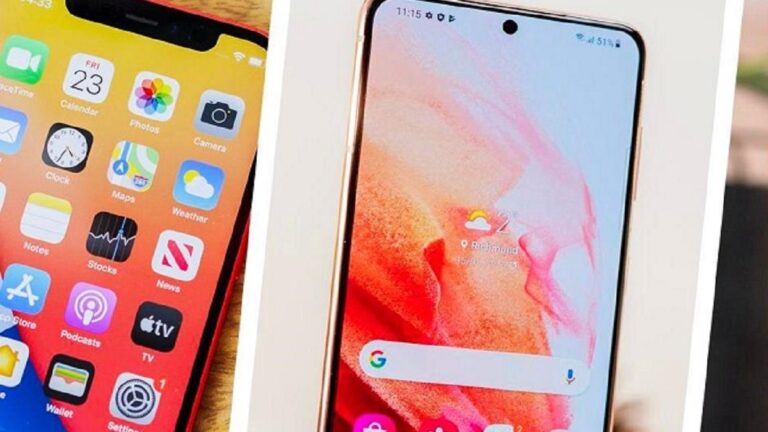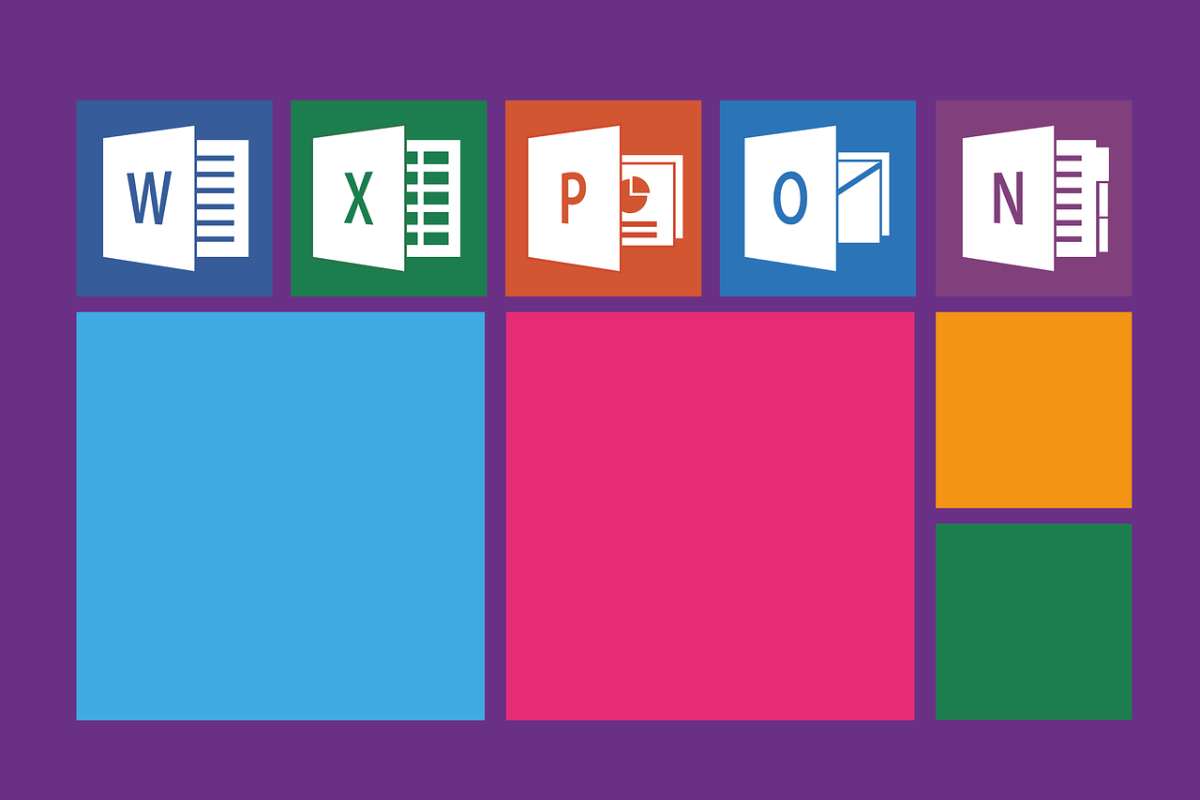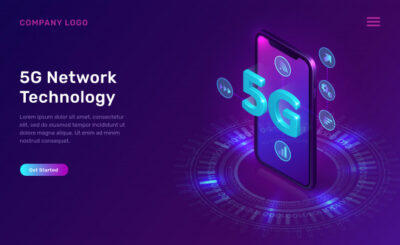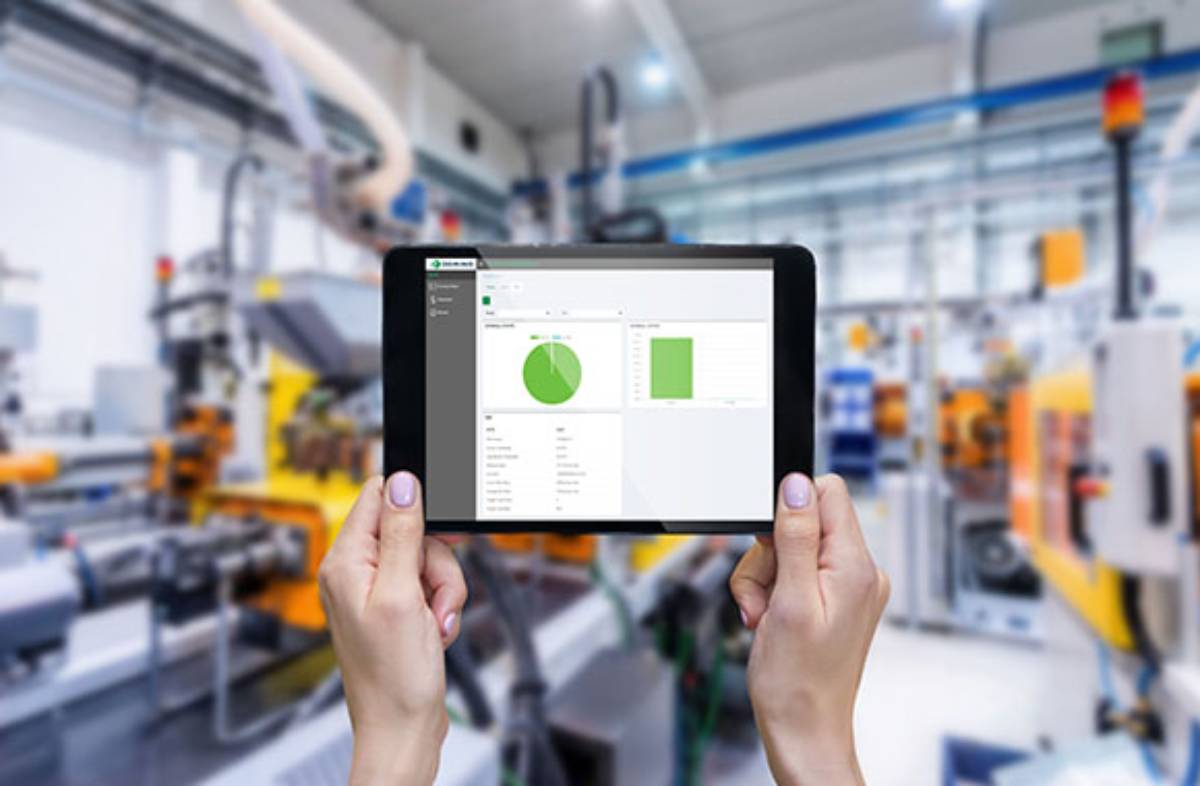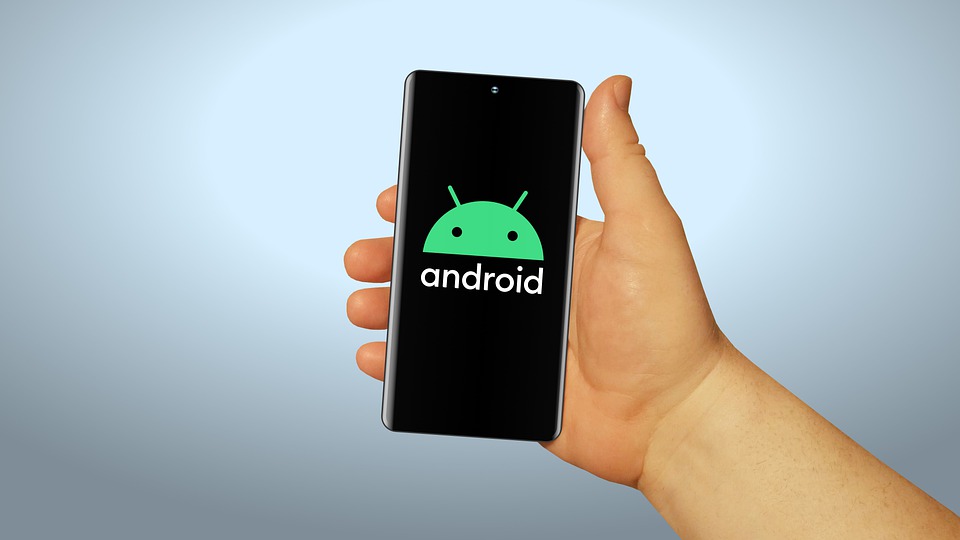Mobile phones, at one time, was only meant for us to communicate with each other. Today, however, they have become our one-stop solution for everything. Here’s a closer look at how much mobile phones have changed over the years.
It is often said that change is the only constant. While we often conclude idioms that fit our narrative, there is perhaps no other industry that typifies this sentiment quite like the smartphone industry. Mobile phones have undergone various iterations over the past two decades. These phones weren’t always smart, and weren’t always multifunctional. In fact, the phones that were prevalent in the early 2000s were only used for calling and messaging purposes, while supplementary benefits like a digital clock and torchlight were seen as convenience features.
Today, however, we cannot imagine functioning without our smartphones guiding us through the day. Every aspect of the yesteryear mobile phones has changed. From the phone’s display, to its battery, cameras, and everything in between, smartphone brands have worked tirelessly to improve upon the previously offered features. If we have to go down memory lane, and see how mobile phones have completely transformed, it is wise to start with the earliest version of what closely resembled the modern smartphone.
Display
HTC unveiled the world’s first smartphone that ran on Android OS — at least a version that closely resembles the smartphones of today — back in 2008. The year before, Apple unveiled the very first iPhone model, which came with a puny 3.5-inch display. The earliest smartphone models also used to come with IPS LCD panels, and some budget smartphones, such as mobiles under 10,000 INR continue to persist with LCD panels even today.
However, the latest phones in the mid-range segment and above use AMOLED displays and Super AMOLED displays. These displays offer an immersive viewing experience. At the same time, smartphones today come with at least a 6-inch display, with even Apple having to make certain compromises. The newer iPhone models come with 6 – 6.5-inch displays, which provides the user with more screen space to type on the phone.
Cameras
The biggest upgrade mobile phones have received over the years is arguably in the camera department. Just over a decade ago, Nokia used to provide mobile phones with 2MP cameras. These were largely considered to be novelty items, but not an important part of a mobile device. Since then, we have witnessed the advent of dual-rear cameras, followed by triple-rear cameras. Brands then started offering selfie cameras, and the revolutionary Vivo NEX smartphone changed the game completely. Smartphone users were introduced to pop-up selfie cameras, along with four cameras at the back.
From 2MP cameras to now housing 108MP quad-rear cameras, and AI-powered 48MP rotating selfie cameras, it is truly remarkable how far they’ve come along in just a decade. Brands are now working on offering 192MP cameras, while Nokia has already unveiled a smartphone with not four, but five rear cameras. It is safe to assume that camera technology will only improve over the coming years.
Features and Technology
The first iPhone couldn’t connect to business email servers, while the earlier mobile phone models couldn’t even properly connect to the web. This changed when smartphones were introduced, which came with email and web browsing features. Smartphones also run on operating systems, with Android, Windows, and iOS being the most popular operating systems today. These operating systems also receive frequent updates, as programmers and engineers identify any possible bugs or errors, and provide immediate fixes.
One of the most significant upgrades pertains to the safety of our data. Yesteryear mobile phones only came with a screen lock feature, which could be activated by long-pressing the asterisk button. This also made it extremely easy for others to read our text messages, or look at our call logs. Today, however, smartphones come with multi-layered security features.
For instance, even mobile under 10000 INR come with an in-display fingerprint sensor, and users can also use passwords to lock their phones. High-end mobile phones come with Iris and retina scanners, with biometric information making it almost impossible for others to get access to sensitive data.
Batteries
Simon Personal Communicator, which is widely regarded as the earliest version of a smartphone, was made available to consumers in 1994. This phone came with a battery life of a measly one hour. Then came the revolutionary iPhones, with the first iPhone providing 8 hours of talk time.
The smartphones we use today can work for more than a day on a single charge. Additionally, these models also come with fast charging support, which allows users to power up their mobile devices in just one hour!
Apart from the above-mentioned changes, smartphones today pack faster processors, more internal storage capacity, higher RAM size, and have significantly changed compared to the earlier mobile phone models. With that said, today’s smartphones are also affordable, and the benefits they extend for the price they come at is truly remarkable.
Also Read: What Functions Should An Application Have On Demand?
You can now purchase a smartphone model that you fancy by shopping at the Bajaj Finserv EMI Store. The latest phones from all the top brands are offered at the EMI Store, while they also come with incredible discounts, deals, and offers. Additionally, you can use the Bajaj Finserv EMI Network Card to purchase the smartphone at convenient no-cost EMIs.

